

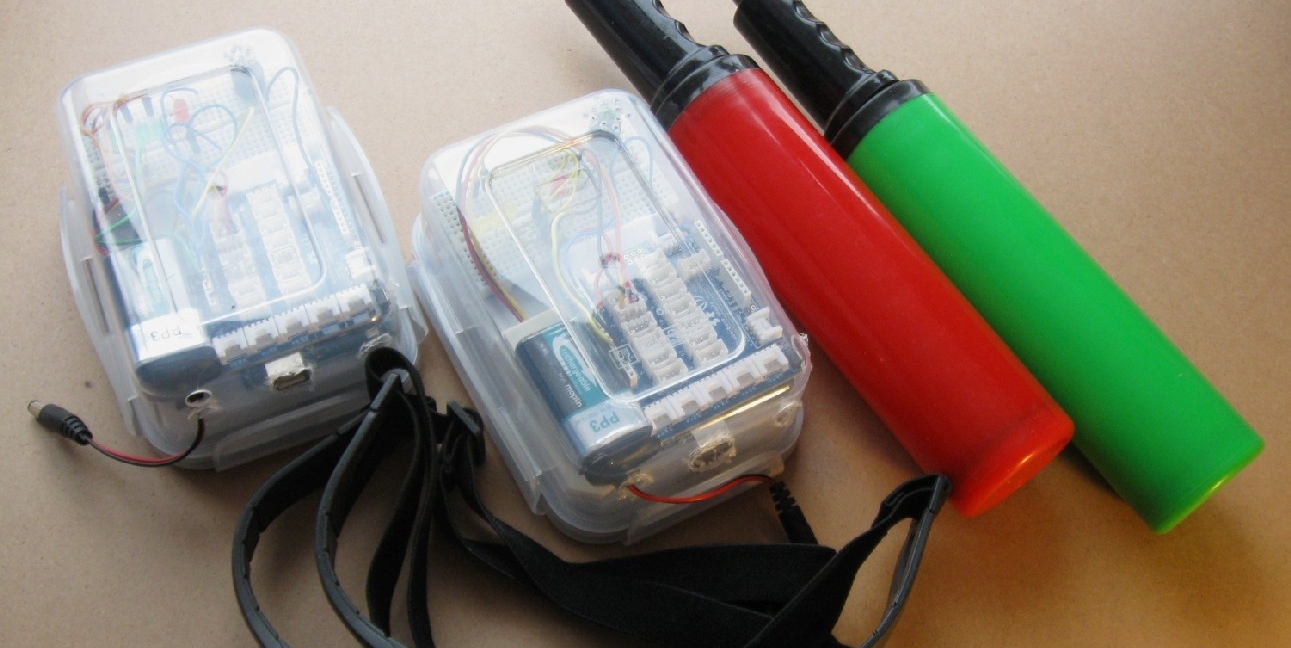
Errant gaming attempts to generate zones of anomie in game contexts, in such a way they can be resolved by the players using different means. There are two basic criteria that a game should attempt to meet so that it could be considered an errant game:
- it is in some way incomplete, parts of the games are left open or undefined in such a way that it seems the game may topple or collapse.
- it allows players to bring forces to bear within a gaming environment that would normally be excluded.
My first errant game, Anomie is a disruptive card game, inspired by the concept of the joke outlined by Paolo Virno and by the troubling political philosophy of Carl Schmitt. The most important rule concerns the joker. When played, this allowed the player to take a completely free move, ignoring all the other rules of the game. The joker, by creating a zone of anomie but without abolishing the game structure itself, creates a state of exception within the game, if only for a single turn. The results are chaotic, and the focus of participants often shifts from attempts at victory to who can use their brief moment of power in the most amusing, clever or brutal fashion.
Tempo is series of chess variants where the temporal form of the turn within chess is subject to repeated disruption. In most instances this creates brief windows where a player can take as many turns as they wish, disrupting the discreteness of the turn mechanism upon which chess depends. Here are some versions of Tempo:
- Party chess: Players must labour to pump up a balloon and attach it to a party whistle. While the whistle is inflated, players may continually make moves.
- Calorific chess: Wearing a standard over the counter heartrate monitor, players must burn a set number of calories before taking a turn.
- Heartbeat chess: Using specially designed heart rate monitors, players can make moves every 150 of heartbeats. Once this has been achieved, players have 20 heartbeats to make as many moves as they can.
- Balloon chess cricket: A group variant, players must inflate and release balloons. They can take as many moves as they want, until a ‘fielder’ catches the said balloon.
Each variant of this game is prone to collapsing into chaos; the main mechanism by which the game is maintained is through the ‘politeness’ of the players in not abusing their brief moments of power.
This project was first exhibited at ‘Disconnect and Punish’, Goldsmiths, London in 2011. An elaborated version was presented as part of the Abandon Normal Devices fair, at FACT Liverpool in 2013.
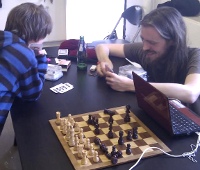 Heart rate turn timers at Furtherfield Commons
Heart rate turn timers at Furtherfield Commons
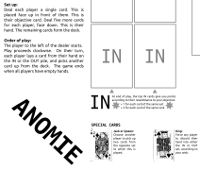 New board and rules for Anomie
New board and rules for Anomie
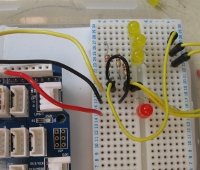 Turn timers for heartbeat chess
Turn timers for heartbeat chess
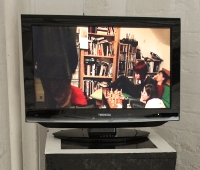 Temporal Errant Gaming - a compilation
Temporal Errant Gaming - a compilation
 Anomie - an experimental card game
Anomie - an experimental card game